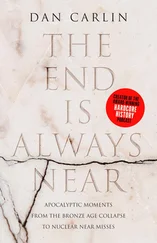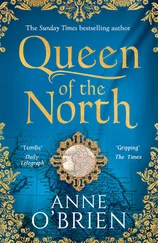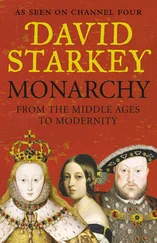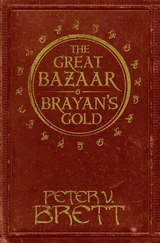Paul Graham - Hackers and Painters - Big Ideas from the Computer Age
Здесь есть возможность читать онлайн «Paul Graham - Hackers and Painters - Big Ideas from the Computer Age» весь текст электронной книги совершенно бесплатно (целиком полную версию без сокращений). В некоторых случаях можно слушать аудио, скачать через торрент в формате fb2 и присутствует краткое содержание. Год выпуска: 2004, ISBN: 2004, Издательство: O'Reilly Media, Жанр: Публицистика, на английском языке. Описание произведения, (предисловие) а так же отзывы посетителей доступны на портале библиотеки ЛибКат.
- Название:Hackers and Painters: Big Ideas from the Computer Age
- Автор:
- Издательство:O'Reilly Media
- Жанр:
- Год:2004
- ISBN:0596006624
- Рейтинг книги:5 / 5. Голосов: 1
-
Избранное:Добавить в избранное
- Отзывы:
-
Ваша оценка:
Hackers and Painters: Big Ideas from the Computer Age: краткое содержание, описание и аннотация
Предлагаем к чтению аннотацию, описание, краткое содержание или предисловие (зависит от того, что написал сам автор книги «Hackers and Painters: Big Ideas from the Computer Age»). Если вы не нашли необходимую информацию о книге — напишите в комментариях, мы постараемся отыскать её.
, by Paul Graham We are living in the computer age, in a world increasingly designed and engineered by computer programmers and software designers, by people who call themselves hackers. Who are these people, what motivates them, and why should you care? Consider these facts: Everything around us is turning into computers. Your typewriter is gone, replaced by a computer. Your phone has turned into a computer. So has your camera. Soon your TV will. Your car was not only designed on computers, but has more processing power in it than a room-sized mainframe did in 1970. Letters, encyclopedias, newspapers, and even your local store are being replaced by the Internet.
, by Paul Graham, explains this world and the motivations of the people who occupy it. In clear, thoughtful prose that draws on illuminating historical examples, Graham takes readers on an unflinching exploration into what he calls "an intellectual Wild West." The ideas discussed in this book will have a powerful and lasting impact on how we think, how we work, how we develop technology, and how we live. Topics include the importance of beauty in software design, how to make wealth, heresy and free speech, the programming language renaissance, the open-source movement, digital design, Internet startups, and more. And here's a taste of what you'll find in
: "In most fields the great work is done early on. The paintings made between 1430 and 1500 are still unsurpassed. Shakespeare appeared just as professional theater was being born, and pushed the medium so far that every playwright since has had to live in his shadow. Albrecht Durer did the same thing with engraving, and Jane Austen with the novel. Over and over we see the same pattern. A new medium appears, and people are so excited about it that they explore most of its possibilities in the first couple generations. Hacking seems to be in this phase now. Painting was not, in Leonardo's time, as cool as his work helped make it. How cool hacking turns out to be will depend on what we can do with this new medium." Andy Hertzfeld, co-creator of the Macintosh computer, says about
: "Paul Graham is a hacker, painter and a terrific writer. His lucid, humorous prose is brimming with contrarian insight and practical wisdom on writing great code at the intersection of art, science and commerce." Paul Graham, designer of the new Arc language, was the creator of Yahoo Store, the first web-based application. In addition to his PhD in Computer Science from Harvard, Graham also studied painting at the Rhode Island School of Design and the Accademia di Belle Arti in Florence.














